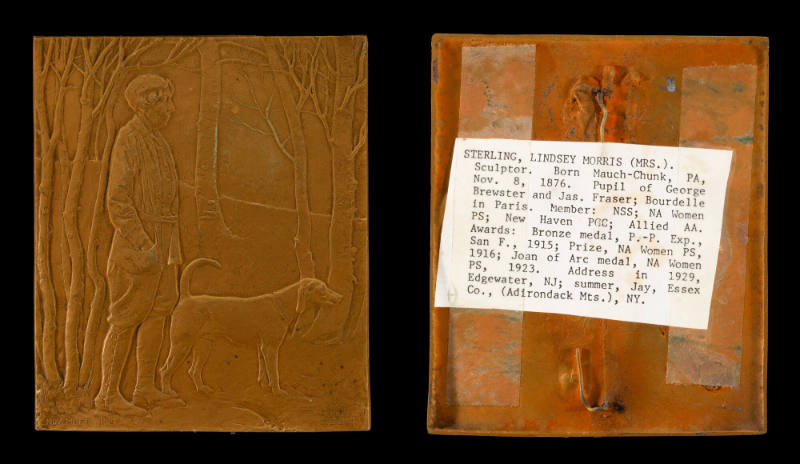Tiffany Glass & Decorating Company
(established 1837)
100 Years of Peace between Great Britain and the United States

Object Details
Artist
Tiffany Glass & Decorating Company
Date
1915
Medium
Bronze
Dimensions
Diameter: 2 1/2 inches (6.4 cm)
Credit Line
Gift of Janet Marqusee, Class of 1952, and John E. Marqusee, Class of 1951, for the Frank and Rosa Rhodes Collection
Object
Number
94.007.325
BRIEF DESCRIPTIONThis bronze medal was commissioned for an anniversary celebration of the signing of(…)
BRIEF DESCRIPTIONThis bronze medal was commissioned for an anniversary celebration of the signing of the Treaty of Ghent. This treaty, signed on December 24, 1814 in Belgium, marked the end of the War of 1812. The anniversary celebration was a momentous occasion, involving diplomatic visitors from abroad, the erection of monuments in many cities, and other celebrations marking the event.WHO WAS THE ARTIST?This medal was designed and manufactured by Tiffany & Company, founded by Charles Lewis Tiffany (and directed by his son Louis Comfort Tiffany after the death of his father) in New York City in 1837. The firm soon became famous for its production of silver. The company created a number of medals over the years, although the designers are anonymous.HOW WAS IT MADE?Medallic art is a type of small-scale sculpture. The tradition of making medals is rooted in the portrait medal tradition that became popular in the Renaissance. The process of striking medals began in the 17th century when it surpassed the older method of casting. Striking is a method where a metal die (with a design in relief) is essentially stamped, with great force, onto a blank piece of metal. This technique can rapidly produce multiple copies. The invention of the engraving machine for die sinking and casting in the 19th century allowed artists to concentrate on medal designs rather than the actual engraving and cutting of the die. The pantograph machine allowed artists to render medals in a larger size in wax, clay or plaster before reducing and engraving them later mechanically. Two dies are made for each medal, one for each side (unless the medal has only one side.)WHY DOES IT LOOK LIKE THIS?The obverse (front) of the medal features a female allegorical figure atop a globe. Notice how she holds a lamp and olive branch in each hand. These are symbols of peace across the world.












